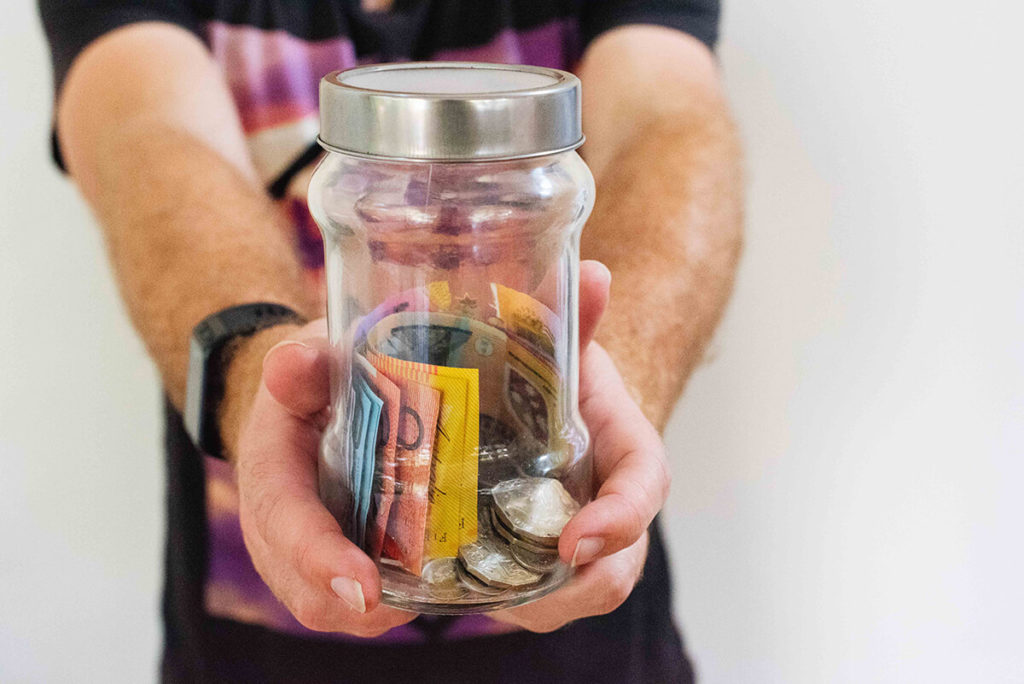A GENERATIONAL COMPARISON
As the post COVID boom period subsides amidst rising interest rates and a cooling property market, housing affordability is once again a hot topic.
But how does it compare historically? Was it tougher for Baby Boomers and Gen -X’s to enter the housing market thirty years ago than it is for Millennials and Gen-Z’s today?
In the 90’s, mortgage rates were over 20%, and absorbed 53.3% of the average homeowner’s income, triggering “the recession we had to have”.
Today, purchasing a new home you can expect to devote 40.5% of your income to servicing your home loan.
That income has more than tripled in the past three decades,
Whilst this appears to be a positive improvement on the past, the debt burden relative to income is much greater as the median mortgage has increased 6.5-fold, rising from $85k to 560k.
This can largely be attributed to the expected long term capital growth of property, but also reflects the changes in consumer demands and the increased affluence of today’s society.
Expectations of building size and the quality of inclusions are greater now than they were even thirty years ago resulting in more expensive housing.
Consequently, the 20% deposit required to secure a typical loan may not have changed, however it is is now a much larger sum and higher proportion of disposable income.

A first-time borrower saving 15% of their income is likely to take 10 years to save a home deposit, twice as long as it did 30 years ago.
With skyrocketing rental prices, a direct consequence of the current housing shortage, and increased living costs, deposit savings are being further eroded.
These pressures would be difficult enough to overcome at the best of times, but they are further exacerbated by the continuing rise of construction prices which increases purchase prices. This is also being reflected in property sales. Purchasers are paying a premium for newly completed houses rather than buying land to avoid the uncertainty of the cost and time required to build a new home.
Whilst supply chain issues are beginning to stabilise, historical precedence suggests that material costs are unlikely to revert to pre-pandemic levels.
Add to the mix the cost implications of rising interest rates, new building regulations and compliance mandates, increasing energy costs, continued builder insolvencies and serious labour shortages. Little wonder the construction industry is struggling at present.
Master Builders Australia has reported that housing starts currently sit below the 200,000 new dwellings per annum required to meet demand. This is expected to fall to its lowest level this year before rebounding in 2026-27. The reopening of our international border and the associated influx of skilled migrants and international students is forecast to increase Australia’s population by 2 percent, placing further pressure on housing and rental demand
Is the great Australian dream of home ownership a thing of the past?
That will depend largely on the Governments response to the current housing affordability crisis.
As history has shown, we’ve managed to overcome similar challenges in the past.
Let’s hope we can do so again.
You might also be interested in...
The Most Popular Home Configurations in Australia in 2024
Discover 2024’s top Australian home configurations: bedrooms, bathrooms, and parking preferences. Explore how changing lifestyles shape popular house configurations nationwide.
Exploring Contemporary Applications of Brise Soleil
Contemporary applications of Brise Soleil combine functionality, aesthetics, and sustainability, making them a popular choice in various building designs worldwide.
